



Table of Contents
- Common Household Insects and the Harm They Can Cause
- How to Remove Existing Insects
- Mechanical Removal
- Natural Repellents
- Why Opt for Natural repellents?
- Baits and Traps
- Professional Extermination
- Preventing Future Infestations
- Conclusion
- Faq's
Insects are an inevitable part of life, but that doesn't mean they have to take up residence in your home. From buzzing flies to creepy crawling cockroaches, household pests can be a nuisance and even pose health risks. Fortunately, there are a variety of effective strategies you can employ to remove existing insects and prevent future infestations.
Common Household Insects and the Harm They Can Cause
Before diving into the solutions, it's important to understand the types of insects that commonly invade homes and the problems they can cause.
Ants: These expert scavengers are drawn to any available food sources, from crumbs on the kitchen counter to spilled sugary drinks. While mostly a nuisance, some species can contaminate food and spread bacteria.
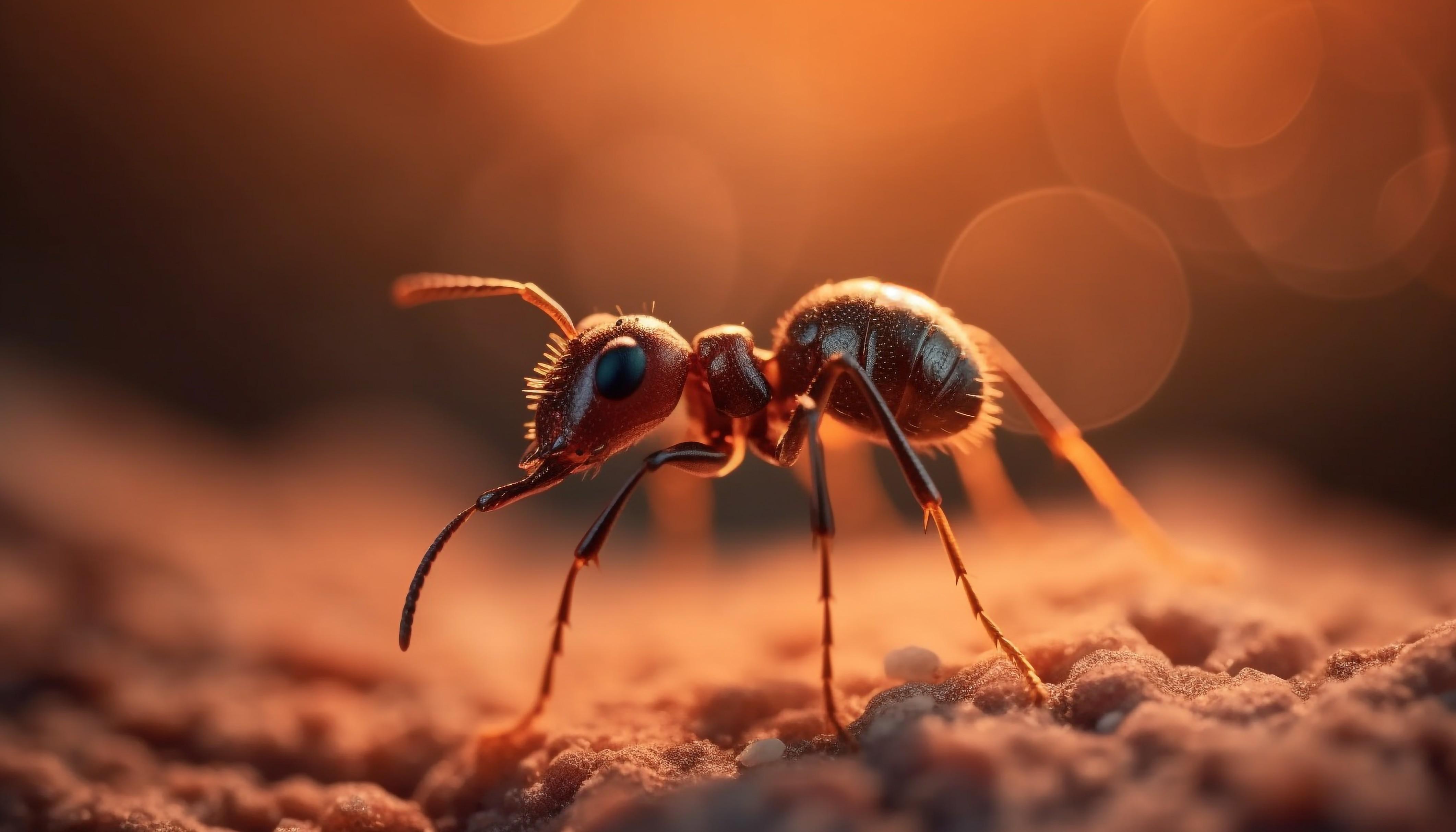
Cockroaches: Arguably one of the most dreaded household pests, cockroaches can spread diseases, trigger allergies, and even exacerbate asthma symptoms. Their presence is often a sign of unsanitary conditions.
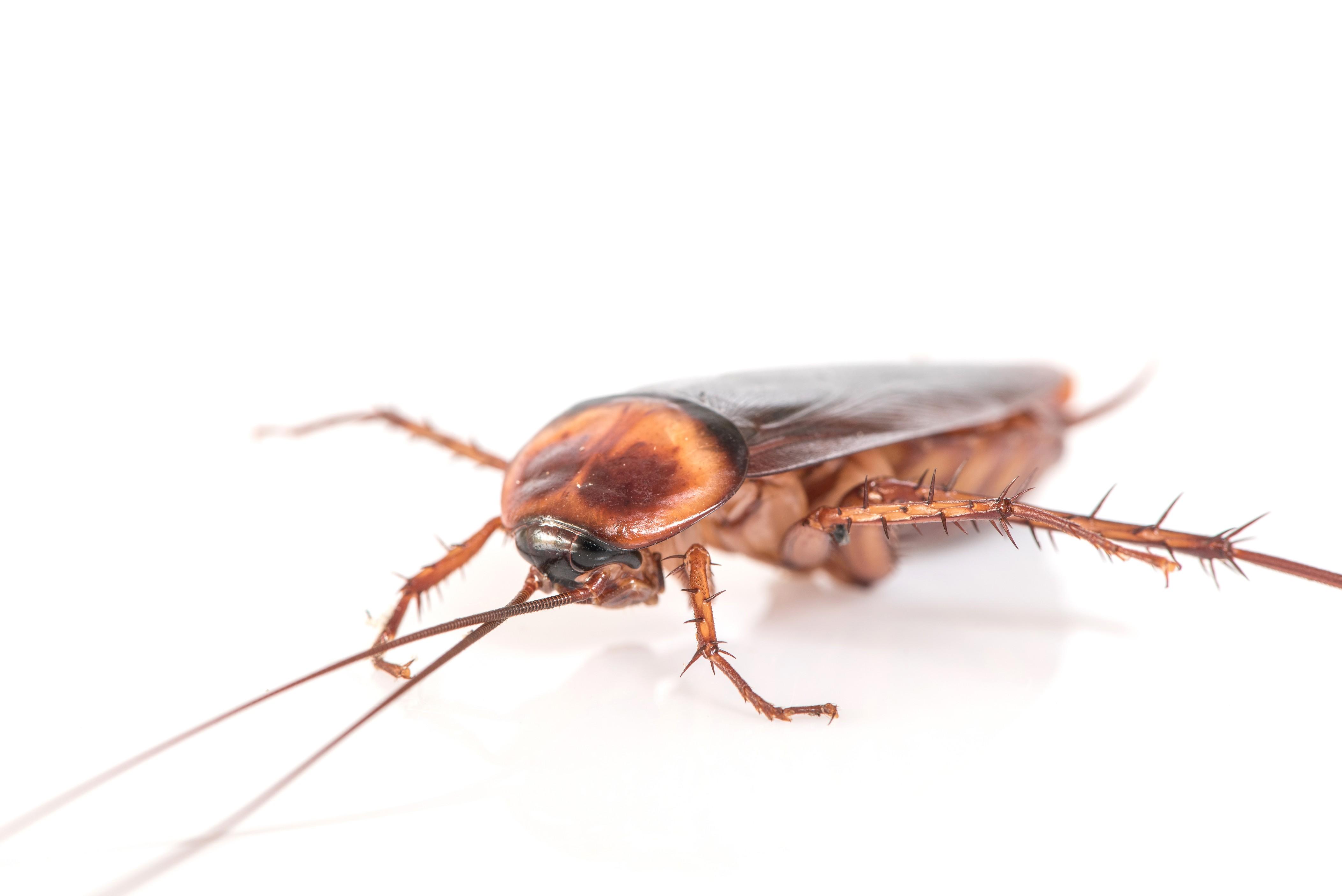
Flies: More than just an annoyance, flies can carry and spread a variety of pathogens that cause illnesses in humans, including salmonella and dysentery. They are attracted to food, garbage, and standing water.
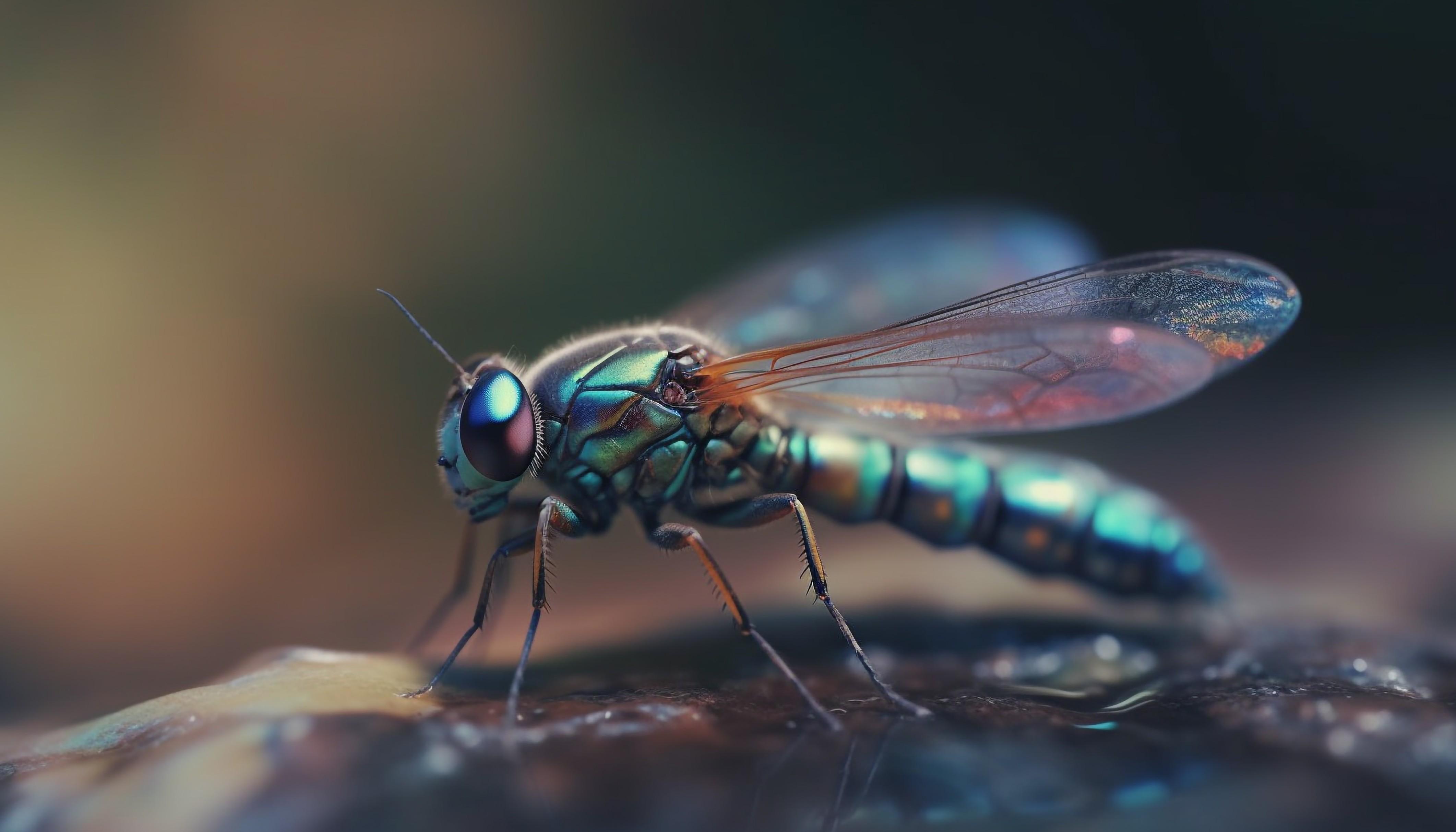
Mosquitoes: These blood-sucking insects not only leave itchy bites, but can also transmit dangerous diseases like malaria, Zika virus, and West Nile virus. Stagnant water is a prime breeding ground for mosquitoes.
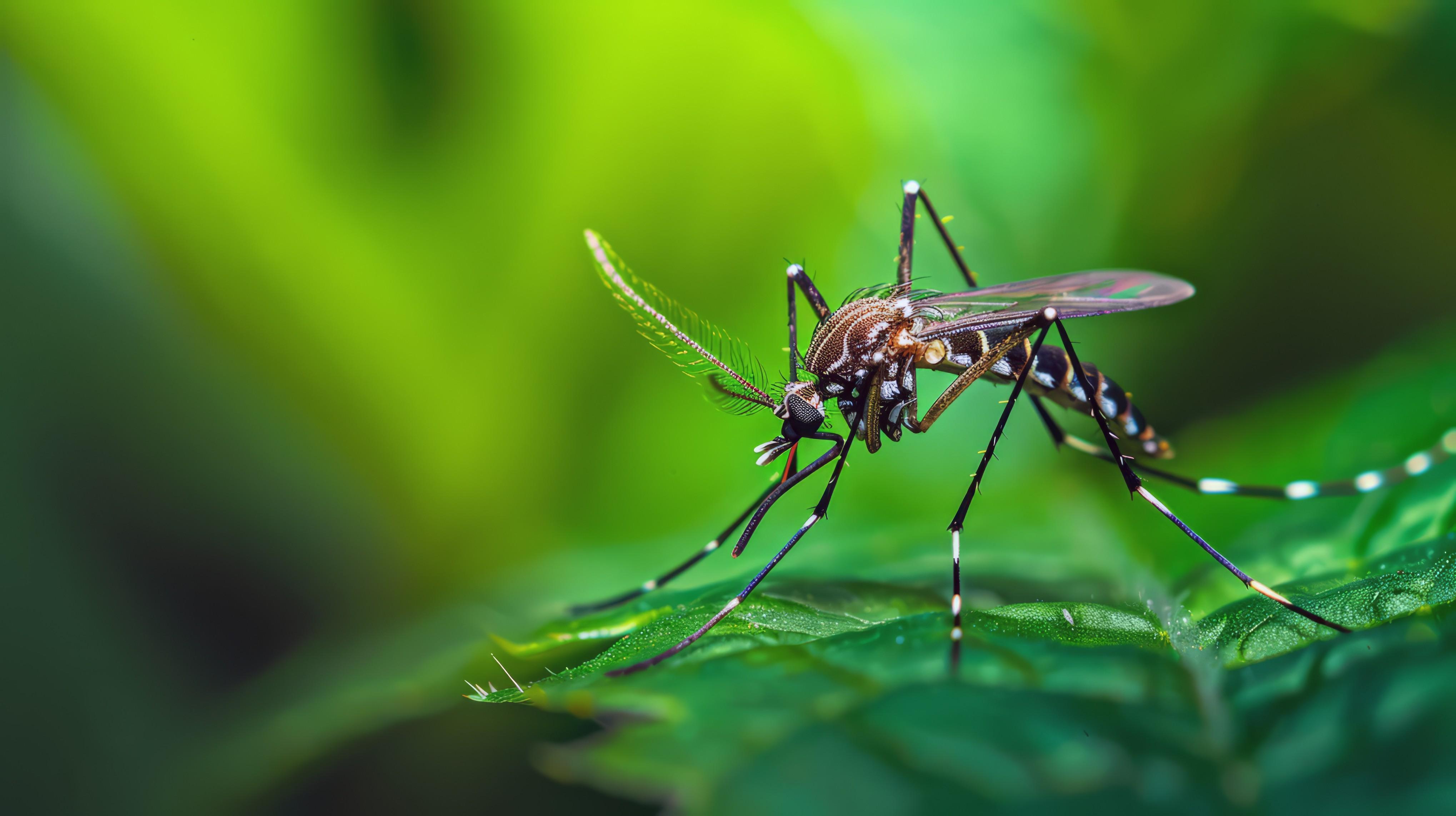
Spiders: While most spiders found in homes are harmless, some species like the black widow and brown recluse can deliver painful and potentially dangerous bites. Spiders are attracted to dark, undisturbed areas.

Silverfish: These small, silver-colored insects feed on starches and cellulose, which means they can damage books, wallpaper, and other household items. Damp, humid environments are ideal for silverfish.
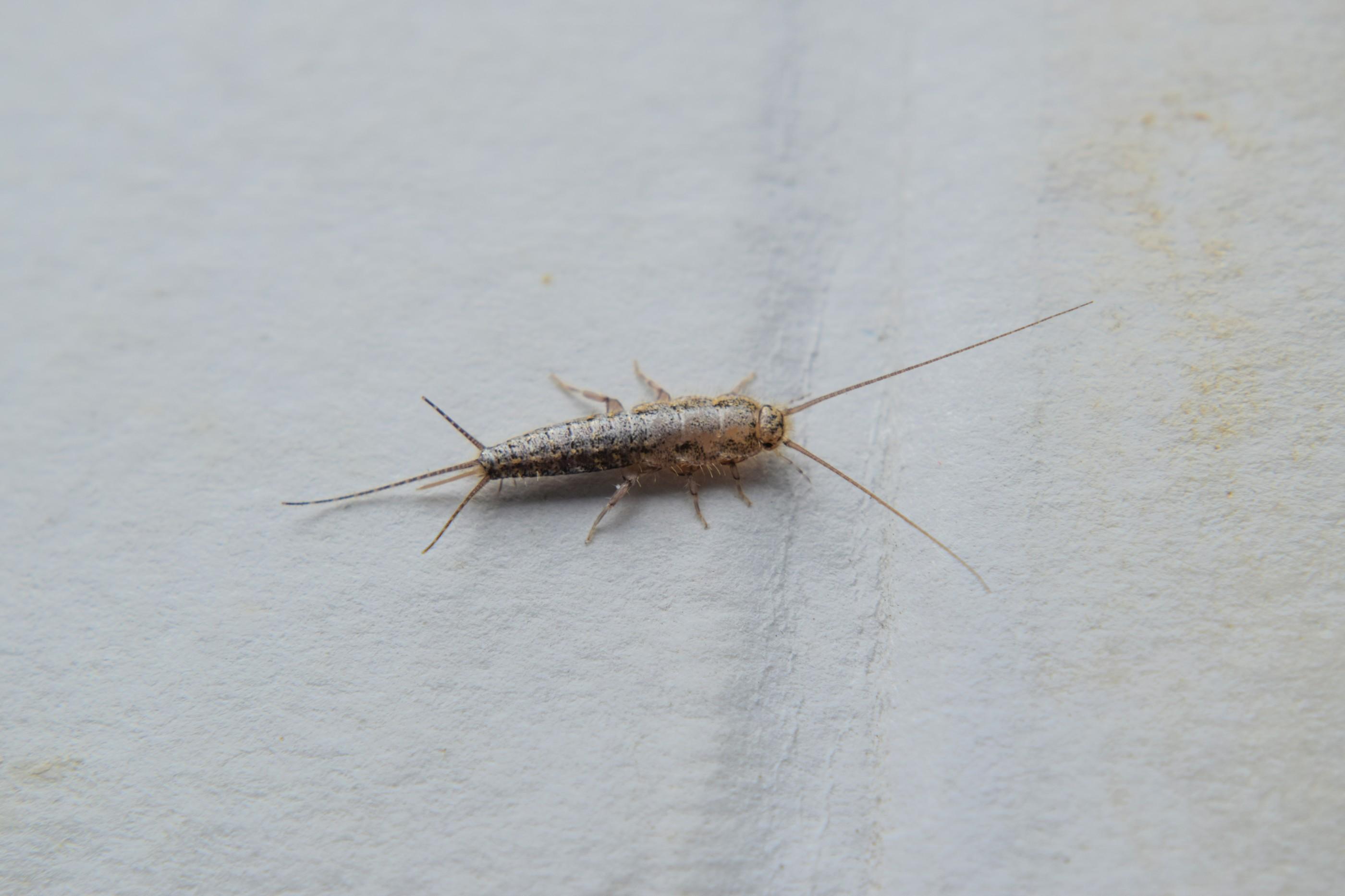
Stink Bugs: Though not harmful to humans, these shield-shaped bugs can be a nuisance when they invade homes in large numbers, releasing a foul odor when disturbed. They are drawn to plants and can damage crops.

By understanding the common culprits, you can better tailor your pest control strategies to address the specific issues in your home.
How to Remove Existing Insects
The first step in maintaining a pest-free home is to address any current infestations. Here are some effective methods for removing existing insects
Mechanical Removal
Physically removing isolated insects is one of the most straightforward and eco-friendly methods for dealing with small-scale infestations. This approach involves capturing the bug using a broom, vacuum, or paper and then releasing it outside your home. It's particularly effective for dealing with occasional intruders like flies, spiders, or stink bugs that have wandered in through an open window or door.
Mechanical removal has several advantages. It's chemical-free, so there's no risk of exposing your family or pets to potentially harmful substances. It's also immediate, providing instant relief from the nuisance of having an insect in your living space. Additionally, this method doesn't require any special equipment or products, making it a convenient option for most homeowners.
However, it's important to note that mechanical removal is best suited for isolated incidents and small populations. If you're dealing with a larger infestation or recurring problems, you may need to employ additional strategies to fully address the issue. Always take care when handling insects, especially if you're unsure of their species or potential for biting or stinging.
Natural Repellents
Using natural repellents is an effective way to deter a variety of insects without relying on harsh chemicals. Many essential oils and common household substances have insect-repelling properties that can help keep pests at bay. Some of the most effective natural repellents in
Peppermint, eucalyptus, or lemongrass oil: Mix a few drops of these essential oils with water in a spray bottle and apply around entry points and problem areas. The strong scents can help mask the attractants that draw insects in.

Crushed garlic: Garlic contains sulfur compounds that are unpleasant to many insects. Crushing garlic cloves and placing them near potential entry points can help deter pests.

Coffee grounds: The strong aroma of coffee can repel insects like ants and cockroaches. Sprinkle used coffee grounds around your home, especially in areas where you've seen pest activity.
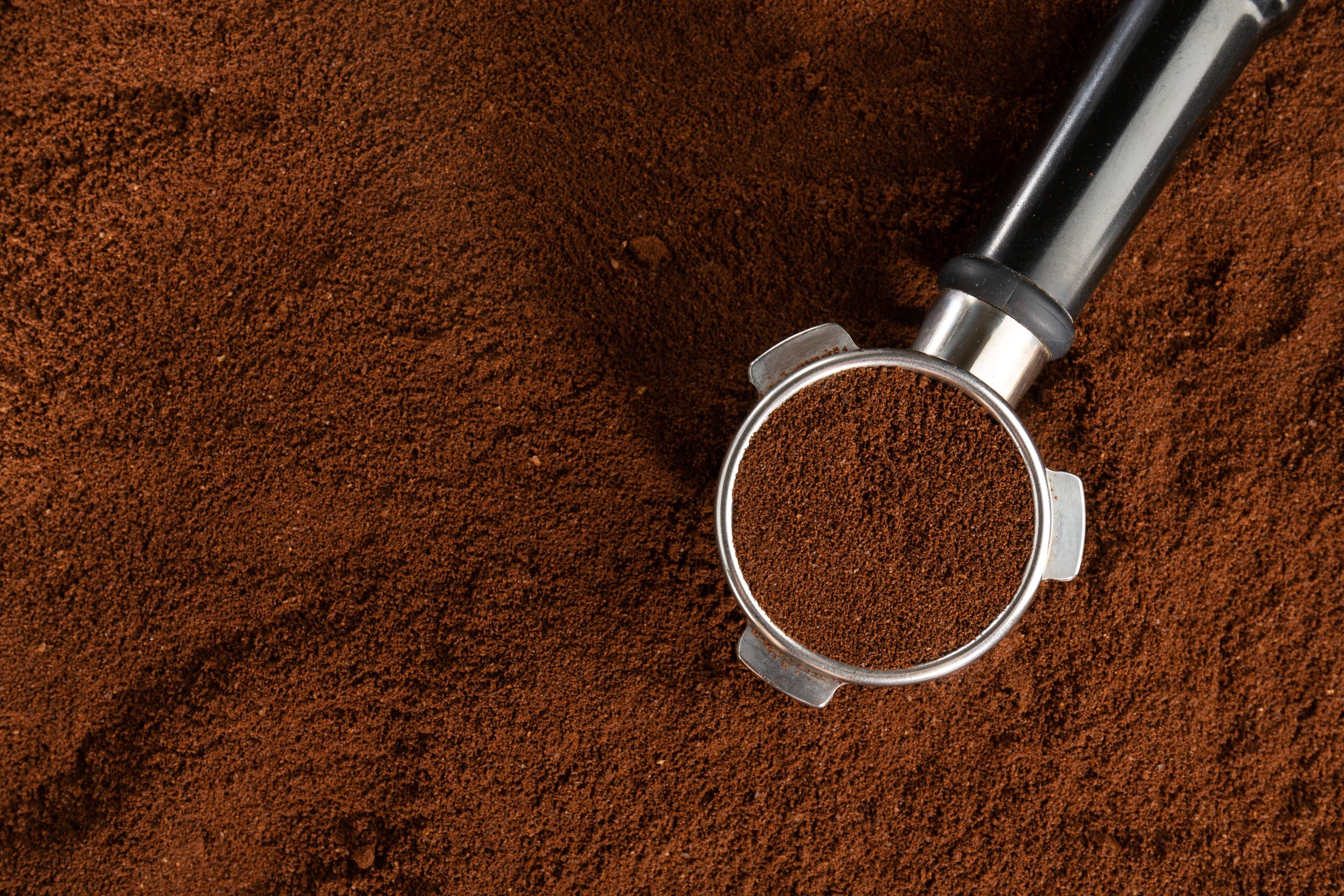
Bay leaves: The pungent smell of bay leaves is disliked by many insects. Place whole bay leaves in cabinets, pantries, and other storage areas to help keep pests away from food sources.

Also Read: Easy Ways to Get Grease Off Kitchen Walls, Cabinets, Countertops, and More
Why Opt for Natural repellents?
They are generally safe for humans and pets, making them ideal for use around the home. Many of the ingredients are inexpensive and readily available. And because they work by deterring insects rather than killing them, natural repellents are a more humane option for those who prefer to avoid harming pests.
However, it's important to note that natural repellents may not be as effective as synthetic insecticides or professional-grade products. They may need to be reapplied more frequently, and their effectiveness can vary depending on the specific insect species and environmental conditions. For severe or persistent infestations, it's best to combine natural repellents with other control methods for the best results.
Also Read: 8 Easy Steps to Remove Wallpaper Like a Pro
Baits and Traps
For more persistent infestations, consider using non-toxic baits or traps. These work by luring the insects in and either capturing or poisoning them. Examples include glue traps for flies and ants, and boric acid bait stations for cockroaches
Professional Extermination
In severe cases, it may be necessary to call in a professional exterminator. Pest control experts have access to more powerful insecticides and can identify the root cause of the problem to prevent future infestations. This is especially important for dealing with infestations of dangerous pests like termites or bed bugs.
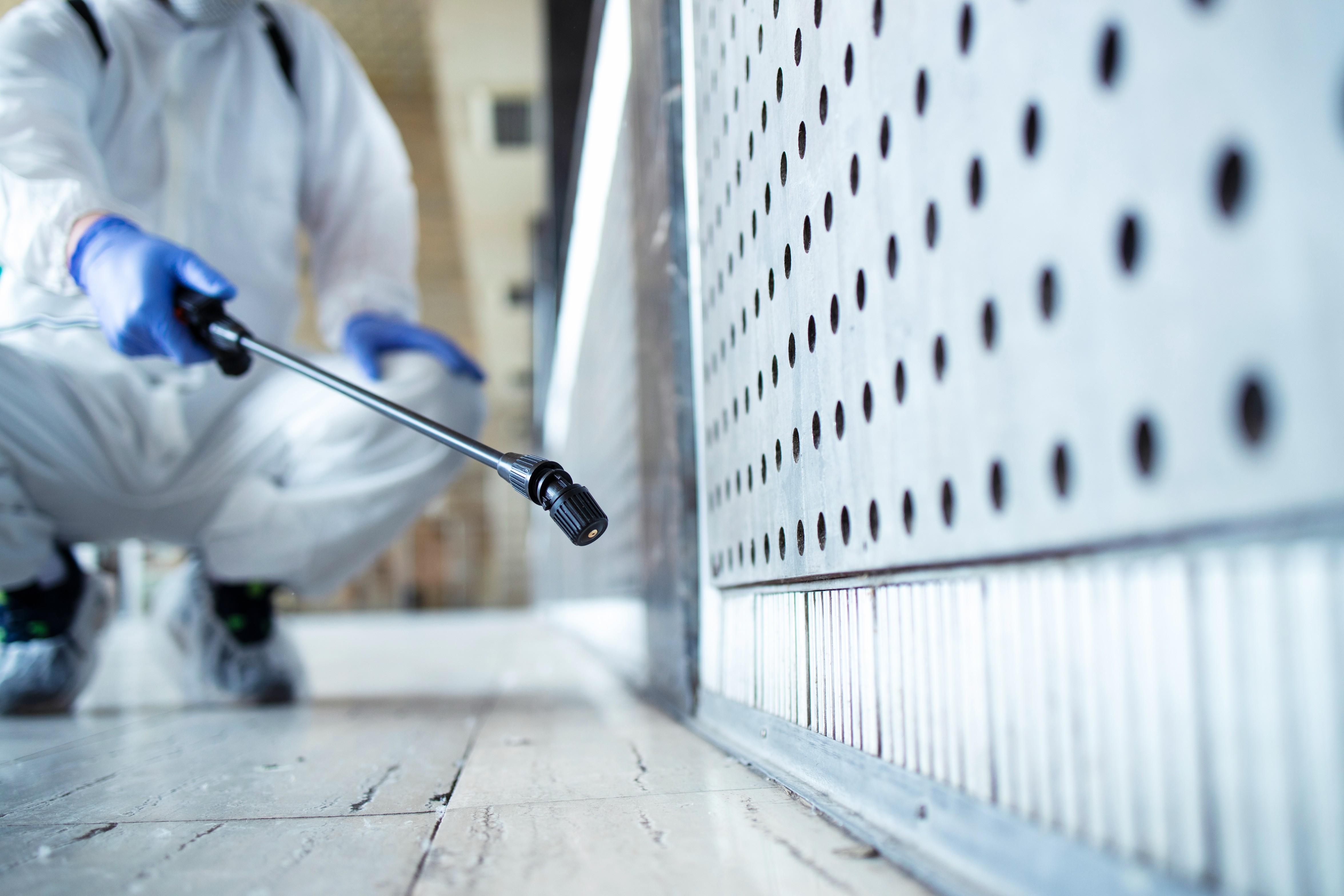 Professional Extermination for removing pest infestation at home
Professional Extermination for removing pest infestation at home
Preventing Future Infestations
Once you have addressed any current insect problems, the next step is to take proactive measures to keep your home pest-free in the long run. Here are some effective prevention strategies:
Seal Entry Points
Insects can squeeze through the smallest of cracks and crevices to gain access to your home. Carefully inspect the exterior of your house and seal any gaps around windows, doors, pipes, and vents using caulk, weather stripping, or other sealants. This physically blocks their entry.
Maintain Cleanliness
Keeping your home clean and free of food debris is one of the most effective ways to deter insects. Wipe down counters, floors, and other surfaces regularly, store food in airtight containers, and take out the trash frequently. Deny pests the resources they need to thrive.
Address Moisture Issues
Many insects are attracted to damp environments. Fix any leaks, ensure proper ventilation, and use a dehumidifier if necessary to keep your home dry. Pay special attention to areas like bathrooms, basements, and crawl spaces.
Landscape Management
The area around your home can also contribute to insect problems. Keep your lawn and garden well-maintained by mowing regularly, removing weeds and dead foliage, and trimming back plants that touch the exterior of your house. This eliminates potential nesting and breeding sites.
Use Natural Deterrents
In addition to the repellents mentioned earlier, there are other natural substances you can use to keep insects at bay. Sprinkle diatomaceous earth, a powder made from crushed fossils, around entry points to cut the exoskeletons of crawling bugs. Hanging sachets of dried herbs like lavender or mint can also help deter flying insects.
Install Physical Barriers
For added protection, consider installing physical barriers like window and door screens, door sweeps, and vents with fine mesh covers. These create an extra layer of defense against invading insects.
Monitor and Maintain
Ongoing vigilance is key to maintaining a pest-free home. Regularly inspect for signs of insects, such as droppings, shed exoskeletons, or visible activity. Address any issues promptly before they escalate. Additionally, revisit your prevention strategies periodically and make adjustments as needed.
By employing a combination of these techniques, you can effectively remove existing insects and deter future infestations, keeping your home safe, clean, and comfortable.
Also Read: 15 Must-Have Drawer Organisers for a Clutter-Free Home
Conclusion
Dealing with household pests can be a frustrating and seemingly never-ending battle, but with the right approach, you can take control of the situation. Understanding the common culprits, removing existing insects, and implementing proactive prevention strategies are all crucial steps in maintaining a pest-free home.
Remember, a clean, dry, and well-sealed environment is your best defense against insects. Supplement this with natural repellents, physical barriers, and professional assistance when needed. With diligence and a multi-pronged approach, you can enjoy a bug-free living space and protect your family's health and well-being.
explore further
Latest from Contemporary ideas
More from Innovations
Resources
Dwello, for every home buyer, is a way to go from 'I feel' to 'I know', at no extra cost.




